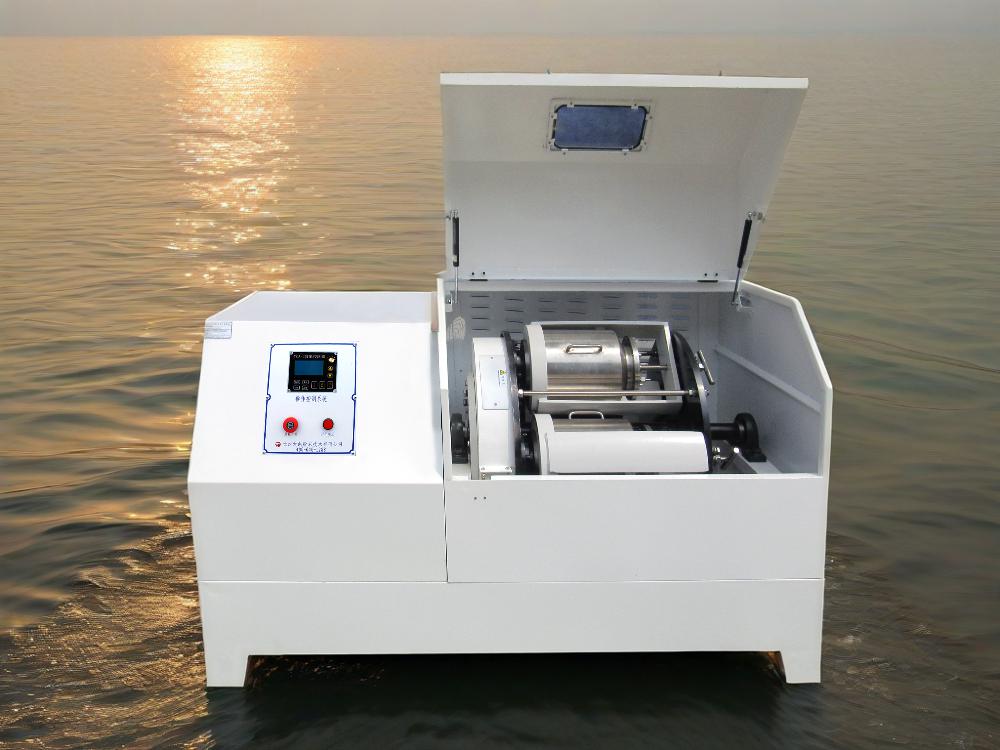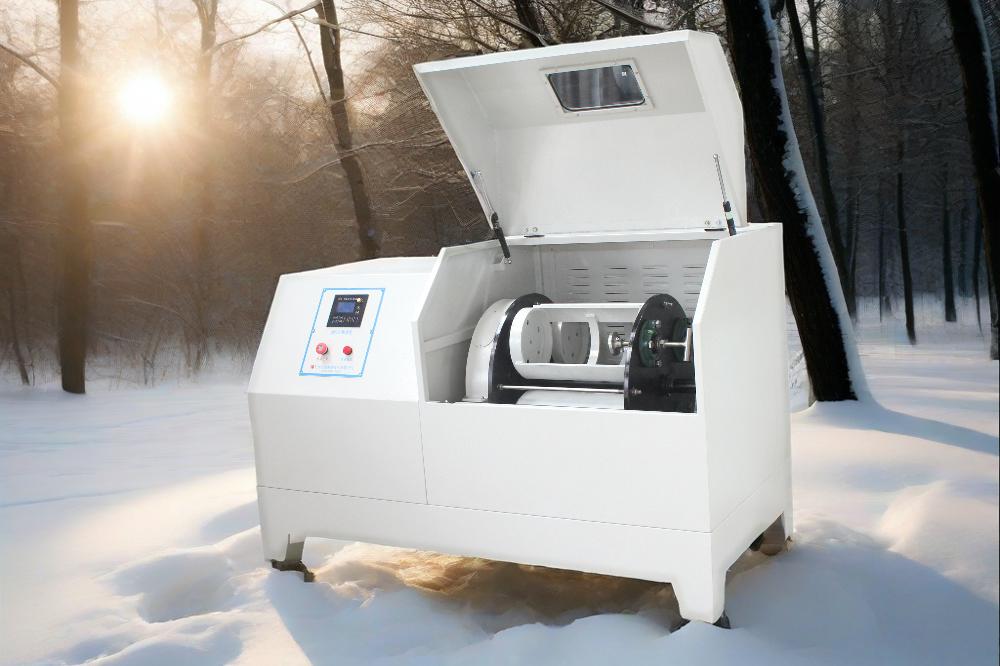The laboratory ball mill is an indispensable equipment in scientific research and industrial development, widely used in many fields such as materials science, chemistry, pharmaceuticals, etc. However, there are many manufacturers selling laboratory ball mills in the market, and the parameters are diverse. Improper selection can easily lead to pitfalls. This article analyzes product selection from four aspects: purchasing and avoiding pitfalls guide, core parameter analysis, component composition analysis, and usage precautions, to help you avoid detours.

5 key points to avoid pitfalls when choosing a laboratory ball mill
1. Avoid blindly pursuing low prices and neglecting core performance
Common problems with low-priced machines: insufficient motor power, easy bearing wear, inaccurate temperature control
Correct approach: Compare different brands within the same price range and focus on core components such as motors, bearings, and control systems
2. Avoid neglecting the adaptability of the sample, which may lead to grinding failure
Typical error: Choosing the wrong grinding tank for hard materials (such as using a stainless steel tank to grind silicon carbide, resulting in contamination)
Solution: Select the appropriate grinding medium (zirconia, agate, polyurethane, etc.) based on the characteristics of the sample
3. Avoid ignoring noise and vibration issues
Problem impact: High noise affects the experimental environment, and severe vibrations may damage the equipment
Purchase suggestion: Choose models with shock absorption design, such as planetary ball mills, which are usually quieter than vibrating ones
4. Avoid overlooking maintenance costs in the later stages
Common hidden costs: replacement of grinding tank, aging of sealing ring, motor maintenance
Suggestion: Prioritize easy to maintain models, such as modular designed ball mills
5.Avoid ignoring the manufacturer's technical support

Key point: Do you provide parameter optimization suggestions? Is there after-sales maintenance service available?
Suggestion: Prioritize brands with technical support to avoid purchasing "disposable" devices
Analysis of Core Parameters of Laboratory Ball Mill
1. Speed (RPM)
Low: Low grinding efficiency
Excessive: may overheat or damage the sample structure
Recommended range: Planetary ball mills typically operate at 200-600 RPM, with higher speeds for vibratory mills
2. Grinding tank material
Stainless steel material: economical and durable, but may have metal components contaminating the sample
Zirconia material: high hardness, low pollution, suitable for nanomaterials
Polytetrafluoroethylene (PTFE) material: chemically inert, suitable for biological samples
3. Grinding ball material and size
Zirconia balls: high-density, suitable for hard materials.
Steel ball: Low cost, but prone to wear and tear.
Size selection: Small balls (3-5mm) are suitable for ultrafine grinding, while large balls (10-20mm) are suitable for coarse crushing. The ratio of small and large balls should be appropriately adjusted.
4. Temperature control capability
Room temperature ball milling: suitable for most materials
Low temperature ball milling (liquid nitrogen cooling): preventing changes in the chemical properties of heat sensitive samples
5. Degree of automation
Manual adjustment: Low cost, but poor experimental reproducibility
Program control: Time and speed curves can be set to improve experimental reproducibility.

Key components of laboratory ball mill
1. Motor system
DC motor: wide speed range, but complex maintenance
AC motor: high stability, suitable for long-term operation
2. Transmission device
Gear transmission: durable, but noisy
Belt drive: silent, but needs to be replaced regularly
3. Grinding tank
Sealing: prevent sample leakage (especially wet grinding)
Capacity: Select based on sample size (commonly 50mL-1L)
4. Control system
Basic version: Mechanical knob speed regulation
Intelligent version: touch screen+program control, can store multiple sets of parameters
Precautions for using laboratory ball mill
1. Safe operation
Avoid overloading: The loading of the grinding tank should not exceed 2/3
Prevent overheating: Long term operation requires temperature monitoring
2. Maintenance and upkeep
Regular lubrication: Bearings and gears need to be lubricated on time
Clean the grinding tank: avoid residue from affecting the next experiment
3. Common problem handling
Uneven grinding: Adjust the ball to material ratio (usually 1:2 to 1:10)
Abnormal noise: Check for bearing wear
When choosing a laboratory ball mill, one should not only consider the price, but also pay attention to the core parameters, adaptability, and after-sales service. Reasonable selection of rotational speed, grinding tank material, and grinding ball size can significantly improve experimental efficiency. Pay attention to safe operation and regular maintenance during use in order to extend the lifespan of the equipment. I hope this guide can help you avoid purchasing traps and buy the most suitable ball mill!

